Topic 5: Trey Research
You need to define the number of quarantine zones.
How many should you define?
A.
1
B.
2
C.
4
D.
6
E.
8
4
Scenario:
* Damaged products must be placed in one of four bins (based on product type) during the
inspection process.
* You must define quarantine zones to optimize product visibility throughout the testing
process.
Four bins for the damaged product types, so we need four quarantine zones.
Note: You use the Quarantine zones page to define zones that can be assigned to
nonconformances.
Examples of quarantine zones
Example 1
You work at an electronics manufacturing company that produces and distributes
televisions, speakers, and media players. In this case, you can configure a quarantine zone
to represent each type of product.
Example 2
Three bins and two racks are used to store items that are nonconforming. In this case, you
can configure five quarantine zones, one for each bin and each rack.
Reference: https://docs.microsoft.com/en-us/dynamics365/supply-chain/inventory/qualityquarantine-
zones
You need to configure the products in Dynamics 365 Supply Chain Management for the
requirements.
Which system objects should you use? To answer, select the appropriate options in the
answer area.
NOTE: Each correct selection is worth one point.
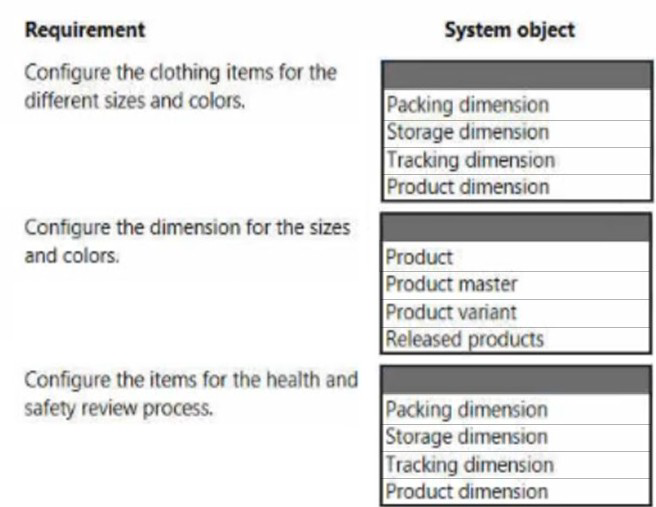
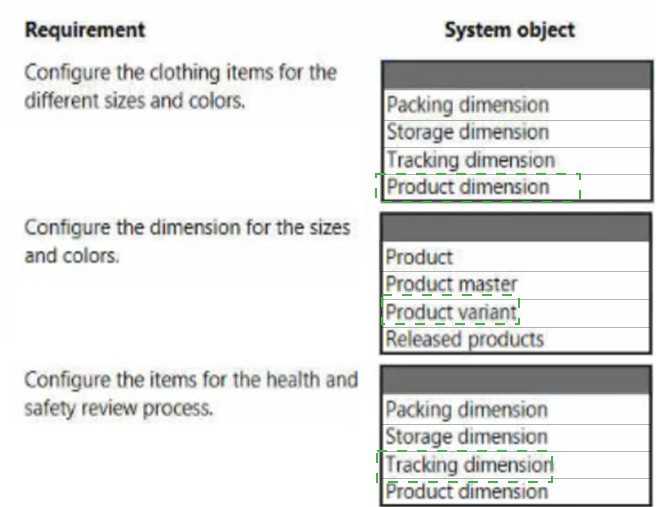
Box 1: Product dimension
There are five product dimensions: color, configuration, size, style, and version.
Box 2: Product variant
Product variants are also referred to as items. An item is a tangible product, which isn't the
same as a service.
A product variant can be generated based on the product dimension values.
Example
A company sells denim jeans. The item, Jeans, uses the color and size product
dimensions. The jeans are sold in three different colors and six different sizes. The colors
are blue, black, and brown. The sizes are XS, S, M, L, XL, and XXL. Not all sizes are
available in all three colors. If all combinations were available, there would be 18 different
types of jeans. However, in this example, only the following nine product variant
combinations are produced.
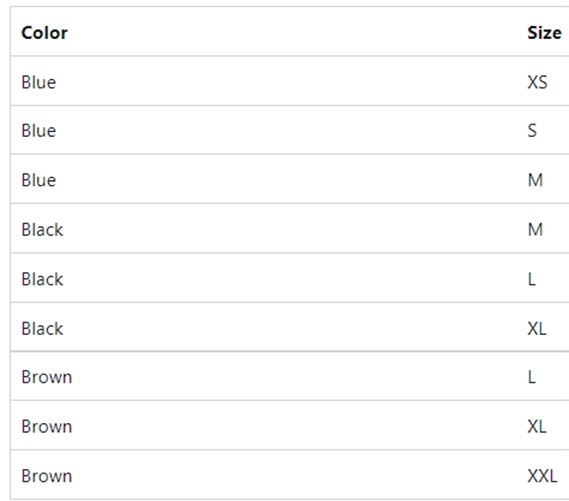
Table
Description automatically generated
You need to configure the system to automatically enforce inbound and outbound product
requirements to and from the warehouse.
Which feature should you use?
A.
quality associations
B.
quality orders
C.
quarantine zones
D.
quality tests
E.
nonconformances
quality orders
Note: If products in the warehouse must be blocked from transactions for a specific reason,
such as a health and safety review, warehouse users should be able to block the products
quickly from the ERP system.
You can block inventory items in the following ways:
Manually
By creating a quality order
By using a process that generates a quality order
By using inventory status blocking
Reference: https://docs.microsoft.com/en-us/dynamics365/supplychain/
inventory/inventory-blocking
Question No : 58 - (Topic 5)
Microsoft MB-330 : Practice Test
72
You need to determine the costing versions for the requirements.
Which costing versions should you use? To answer, drag the appropriate costing versions
to the correct requirements. Each costing version may be used once, more than once, or
not at all. You may need to drag the split bar between panes or scroll to view content.
NOTE: Each correct selection is worth one point.


Explanation:
Box 1: Planned
If a vendor can no longer deliver the raw materials for the energy drinks due to supply
chain issues, the costs for using an alternative vendor to source the raw materials should
be used to determine the impact on profits.
Planned costs
A costing version can contain a set of planned cost records about items and manufacturing
processes. A costing version that contains planned costs is often used to support cost
calculation simulations, such as simulations of the effect that cost changes to purchased
materials or manufacturing processes has on the calculated costs of manufactured items.
The item cost records for planned costs can also be used to support an actual cost
inventory model by providing the initial values for item costs. These values include the
calculation of planned costs for manufactured items.
Box 2: Standard
The profitability for nutritional supplements manufacturing processes needs to be
expressed in terms of the cost categories for routing operations and the calculation
formulas for manufacturing overheads.
Standard costs
A costing version can support a standard cost inventory model for items, where the costing
version contains a set of standard cost records about items and manufacturing processes.
Cost data about manufacturing processes is expressed in terms of the cost categories for
routing operations and the calculation formulas for manufacturing overheads.
You need to configure the system for the new products that the company produces.
Which product type should you use? To answer, drag the appropriate product types to the
correct products. Each product type may be used once, more than once, or not at all. You
may need to drag the split bar between panes or scroll to view content.
NOTE: Each correct selection is worth one point.
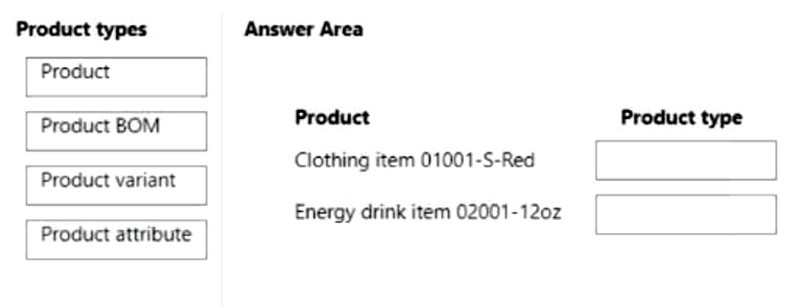

Explanation:
Box 1: Product
Current environment. Items
Product numbering
All items are numbered by using a smart numbering format: [Product
SKU+Size+Color+Style]. For reporting, items are queried for sales and inventory reports by
using the first six digits of the item number or until the first dash is encountered.
• A t-shirt could be 01001-S-Red for item 1001 in a size small with the color red.
• A single energy drink could be 02001-12oz or 02001-20oz for the different sizes that
product 02001 is sold in.
Product attributes • All clothing shares the same set of product attributes.
• Supplements may share the same Product SKU but can have different attributes for the
different size, color, or style variations of the product.
• Product attributes that are unnecessary for an item should be excluded from the item.
Box 2: Product variant
Product masters and product variants
In an agile world, where products must be quickly adapted to customer requirements,
product definitions specify a set of products instead of distinct products. In Supply Chain
Management, those generic products are known as product masters. Product masters hold
the definition and rules that specify how distinct products are described and behave in
business processes. Based on these definitions, distinct products can be generated. These distinct products are known as product variants.
A product master is associated with a product dimension group and a configuration
technology to specify the business rules. The product dimensions (Color, Size, Style, and
Configuration) are a specific set of attributes that can be used throughout the application to
define and track specific behaviors of the related products. These dimensions also help
users search for and identify the products.
You need to configure automated testing for the following tasks:
• inbound processes from manufacturing
• outbound processed from the warehouse picking process
How many processes should you configure?
A.
2
B.
3
C.
4
D.
10
3
One process the inbound processes from manufacturing.
Two outbound processed, one for nutritional supplements and one energy drinks.
Note: Creation of any quality processes for products inbound to the warehouse, from the
production line, or outbound from the warehouse to consumers should be automatically
created to facilitate execution.
• Testing requirements:
Requirement 1: 100 percent of all nutritional supplements and 50 percent of all energy
drinks must be tested when production orders are completed. After a product is in testing,
100 percent of all tests must be completed.
Requirement 2: 75 percent of all nutritional supplements and energy drinks should be
tested against their required tests during an outbound process.
You need to configure the pricing for the white-labeled products.
Which system object should you configure? To answer, select the appropriate options in
the answer area.
NOTE: Each correct selection is worth one point.
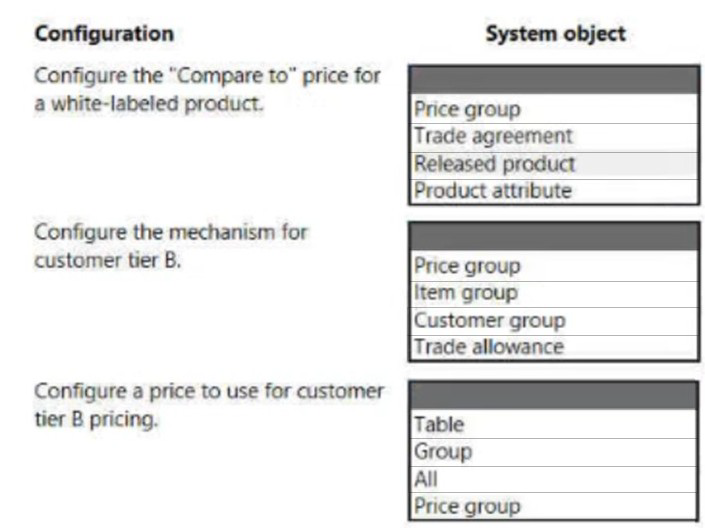
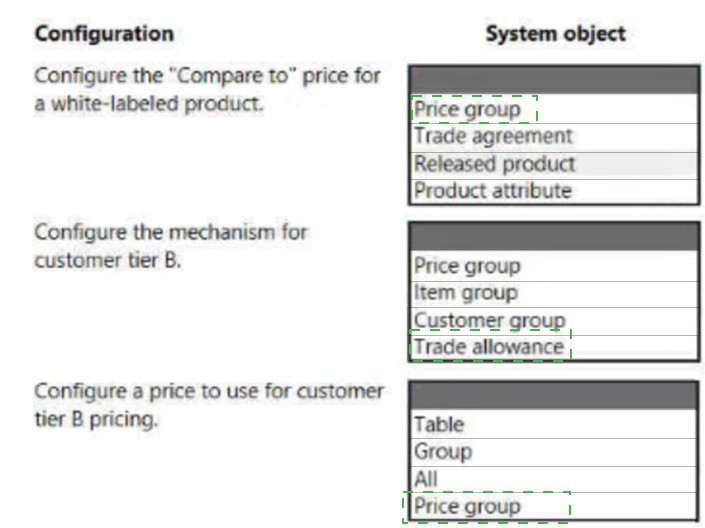
Box 1: Price Group
Note: Requirements. White labeling
• Trey Research will provide and maintain a 'Compare to' price for customers to use to
compare the white-labeled products. This Compare to price will also be the default item
price for the customer if the customer accidentally lets a contract price expire.
Price Group
In Microsoft Dynamics AX, price groups can be used to specify a set of prices that you
want apply to a group of customers, vendors, or items.
* For item transactions, prices are derived from price groups that are referenced in trade
agreements in the Sales and marketing module.
Box 2: Trade allowance
Note: Customers are categorized into four pricing tiers (A, B, C, and D) based on sales
volume over the past 12 months.
Promotional fund and Trade allowance agreement
A trade allowance agreement is an incentive program where pay-for-performance monetary
rewards are offered to customers that achieve specific volume targets and/or behavioral
goals. Promotional funds are budgeted expenditures. In that way, the promotional
campaigns can be captured.
Box 3: Price Group
You need to provide the information for the costing manager.
What should you do first?
A.
Check cost prices.
B.
Check for open quantities
C.
Close and adjust cancellation
D.
View close settlements
Check cost prices.
You must meet the requirement for WarehouseWorker1.
Which process should you use? To answer, drag the appropriate processes to the correct
locations. Each process may be used once, more than once, or not at all. You may need to
drag the split bar between panes or scroll to view content.
NOTE: Each correct selection is worth one point.
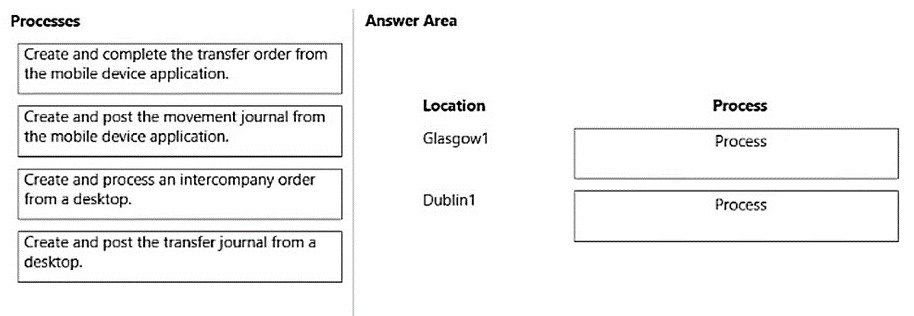
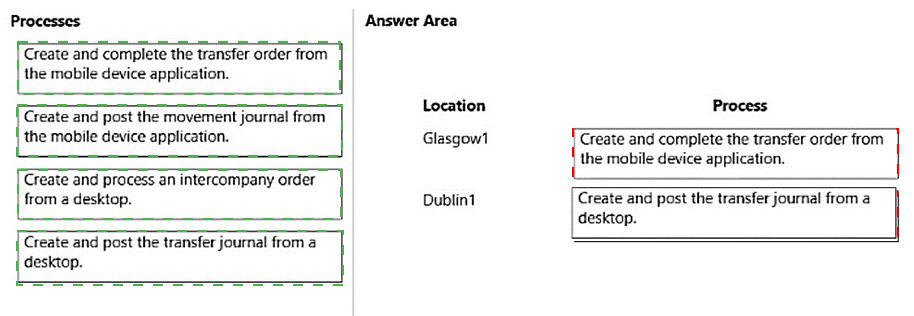
Explanation:
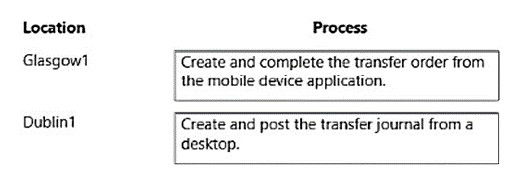 Description automatically generated with medium confidence
Description automatically generated with medium confidence
You need to configure the vendor pricing for pencils.
What should you do? To answer, select the appropriate option in the answer area.
NOTE: Each correct selection is worth one point.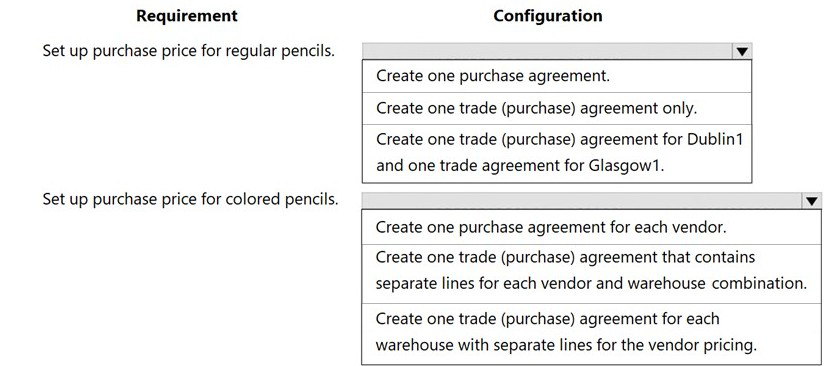
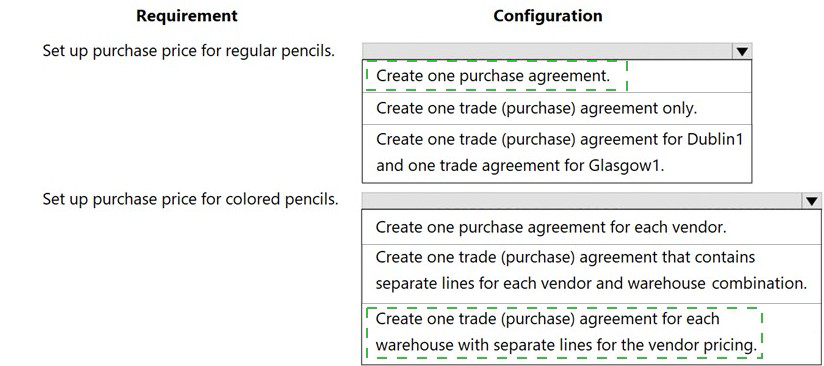
Explanation:
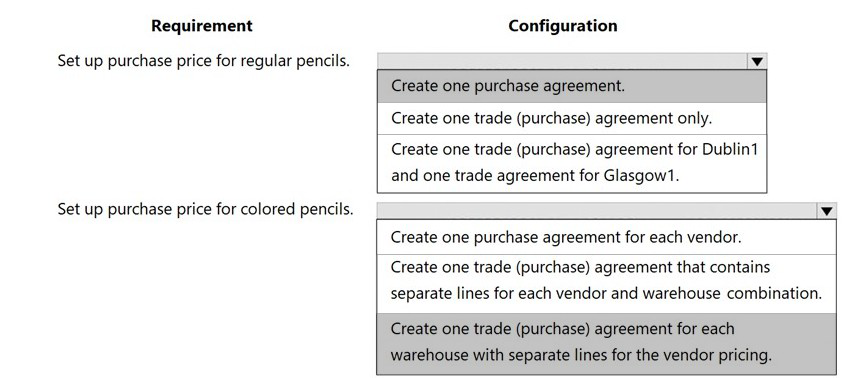
Graphical user interface, text, application, email
Description automatically generated
| Page 15 out of 41 Pages |
| Previous |